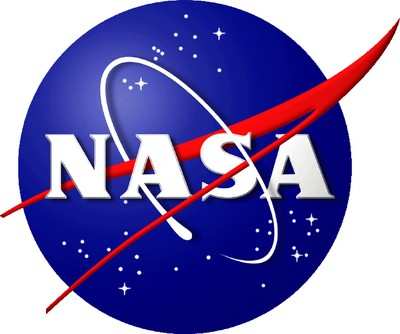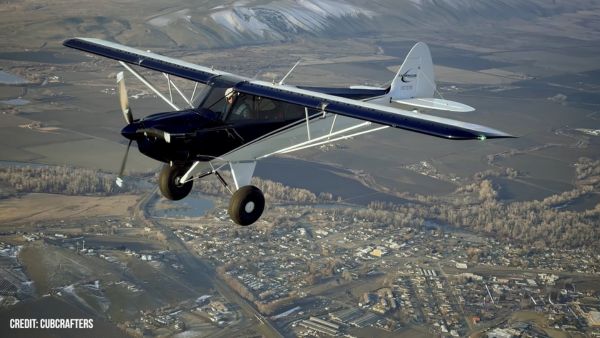Eighth Satellite In The Landsat Series To Be Launched In February
NASA's Landsat Data Continuity Mission (LDCM) is scheduled to launch February 11 from Vandenberg Air Force Base in California. A joint NASA and U.S. Geological Survey (USGS) mission, LDCM will add to the longest continuous data record of Earth's surface as viewed from space. LDCM is the eighth satellite in the Landsat series, which began in 1972. The mission will extend more than 40 years of global land observations that are critical in many areas, such as energy and water management, forest monitoring, human and environmental health, urban planning, disaster recovery and agriculture. NASA and the USGS jointly manage the Landsat Program.

"For decades, Landsat has played an important part in NASA's mission to advance Earth system science. LDCM promises to extend and expand that capability," said Michael Freilich, director of the Earth Science Division in the Science Mission Directorate at NASA Headquarters in Washington. "USGS's policy of offering free and open access to the phenomenal 40-year Landsat data record will continue to give the United States and global research community a better understanding of the changes occurring on our planet."
After launch, LDCM will enter a polar orbit, circling the Earth about 14 times daily from an altitude of 438 miles, returning over each location on Earth every 16 days. After launch and the initial checkout phase, the USGS will take operational control of the satellite, and LDCM will be renamed Landsat 8. Data will be downlinked to three ground stations in Gilmore Creek, Alaska; Svalbard, Norway; and Sioux Falls, S.D. The data will be archived and distributed at no cost to users from the USGS's Earth Resources Observation and Science Center in Sioux Falls.
"The Landsat program provides the nation with crucial, impartial data about its natural resources," said Matthew Larsen, USGS associate director for climate and land use change in Reston, VA. "Forest managers, for instance, use Landsat's recurring imagery to monitor the status of woodlands in near real-time. Landsat-based approaches also now are being used in most western states for cost-effective allocation of water for irrigation. This mission will continue that vital role."
LDCM carries two instruments, the Operational Land Imager (OLI), built by Ball Aerospace & Technologies Corp. in Boulder, Colo., and the Thermal Infrared Sensor (TIRS), built by NASA's Goddard Space Flight Center in Greenbelt, Md. These instruments are designed to improve performance and reliability over previous Landsat sensors. "LDCM will be the best Landsat satellite yet launched in terms of the quality and quantity of the data collected by the LDCM sensors," said Jim Irons, LDCM project scientist at Goddard. "OLI and TIRS both employ technological advances that will make the observations more sensitive to the variation across the landscape and to changes in the land surface over time."
OLI will continue observations currently made by Landsat 7 in the visible, near infrared, and shortwave infrared portions of the electromagnetic spectrum. It also will take measurements in two new bands, one to observe high altitude cirrus clouds and one to observe water quality in lakes and shallow coastal oceans as well as aerosols. OLI's new design has fewer moving parts than previous versions.
TIRS will collect data on heat emitted from Earth's surface in two thermal bands, as opposed to the single thermal band on previous Landsat satellites. Observations in the thermal bands are vital to monitoring water consumption, especially in the arid western United States.
 ANN's Daily Aero-Linx (04.15.24)
ANN's Daily Aero-Linx (04.15.24) Classic Aero-TV: 'No Other Options' -- The Israeli Air Force's Danny Shapira
Classic Aero-TV: 'No Other Options' -- The Israeli Air Force's Danny Shapira Aero-News: Quote of the Day (04.15.24)
Aero-News: Quote of the Day (04.15.24) Airborne 04.16.24: RV Update, Affordable Flying Expo, Diamond Lil
Airborne 04.16.24: RV Update, Affordable Flying Expo, Diamond Lil ANN's Daily Aero-Term (04.16.24): Chart Supplement US
ANN's Daily Aero-Term (04.16.24): Chart Supplement US



